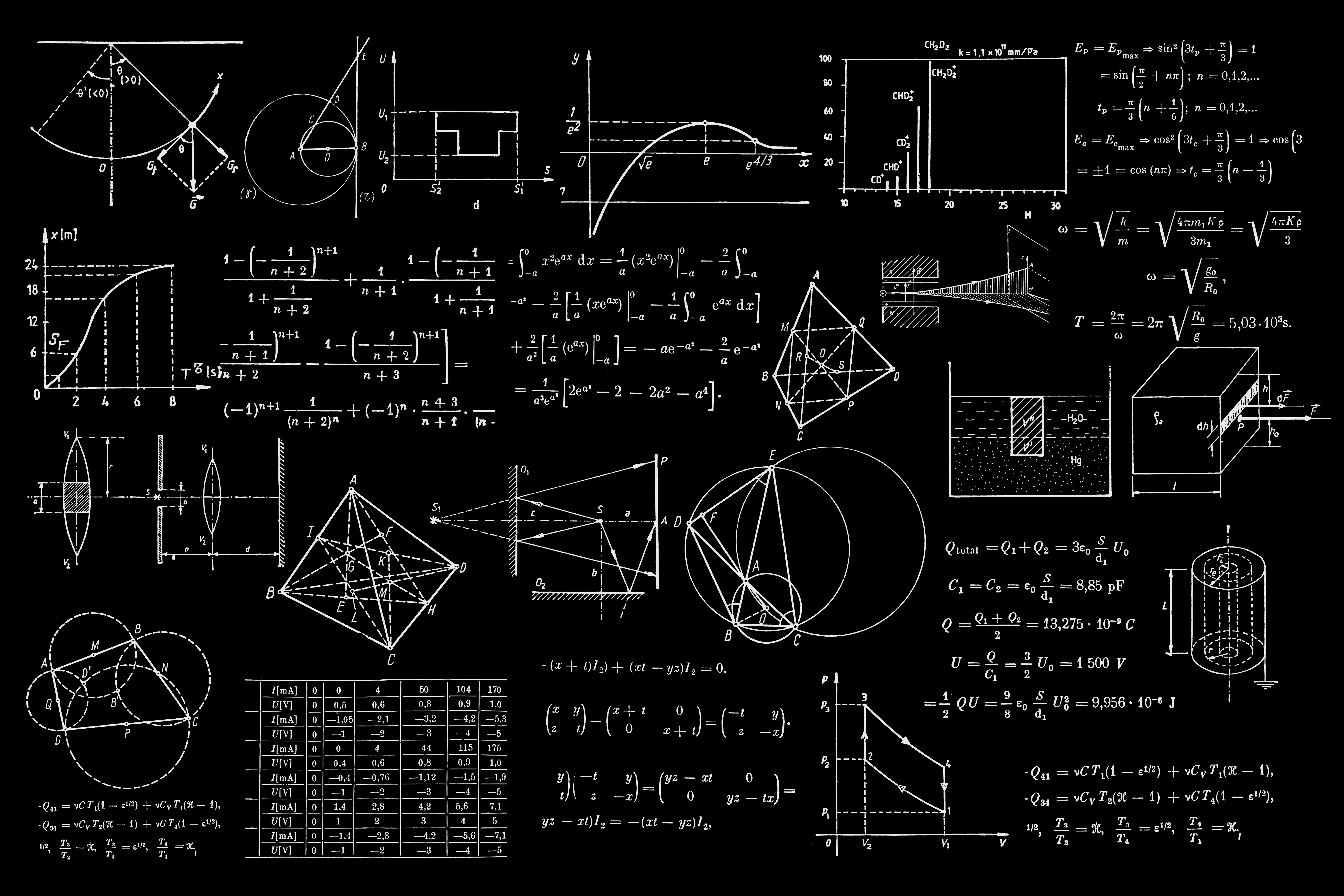The cost of product development may include numerous stages and each of them involves costs. This article will describe one of the steps, i.e. the work plan set up. We will try to answer the question of whether it is possible to save funds and omit excessive documentation.
What is a work plan, and why is it important for a project?
A work plan is a process of defining the resources, techniques, methods, and concepts. Also, it states the milestones and paradigms of cooperation. This document is created by a team of developers together with the customer. The success of the designer/customer interview makes or breaks the whole project. Outlining of the milestones and target goals will help to choose the right techniques and instruments to get the desired effect.
Each work plan has the key elements that include:
– Scope of work. A clear definition should be made regarding the product and what functions it should perform. It can be quite a challenge for the customer to achieve this clear definition. All intended features or general position on a target market is stated in this document.
– Technologies selection. It depends on the final product goals. If errors are made in scope definition, the wrong techniques would be applied. As a result, the product will not suit the needs of the customer.
– Milestones and methodology definition. Each milestone marks a period in product creation. They are necessary for quality tests, goal reach checks, and communication with the customer for the introduction of some corrections. If this reveals some discrepancies at the end of the project, corrections will take longer, and costs will increase. Milestones create chances to make adjustments before it’s too late. Additionally, milestones help to keep track of the timing of each task performed.
These are the steps for a work plan creation:
1. Communication with a customer.
Some customers may have only a basic idea in their heads; others have some practical concepts and examples of what should be done. The task of a developers’ team is to state a clear scope based on these requirements. It is necessary to decide which technologies will suit the outlined goals in the best way possible.
2. Comprehensive research of the target market and audience.
Either the team itself or with third-party specialists should outline the pains of the intended market. This step will help define the front-end and back-end features crucial for serviceability of any future product.
3. Methodology definition.
When the evaluation is done and the team knows which features have to be introduced, then it is time to define in what way they should be developed. Development methods can depend on the requirements of the customer. As some require more funding, others more time, each customer chooses the option that suits them best.
4. Plan creation.
Basing on the final idea and with consideration of the previous 3 steps, the plan is created. It includes the following:
– milestones that should be reached;
– the number of developers for each milestone/task/project;
– teams definition;
– tasks assignment.
These steps should be taken this way to reach the maximum interaction effect of the front and back parts. Each team performs its own scope according to the chosen methodology.
5. Tasks performing.
Later comes the performing of the stated tasks according to the stated milestones. Each task performed shall undergo initial testing by the developers. Quality Assurance tests the product too.
6. Cooperation with the customer.
After each successful milestone, the customer should be informed about the state of the product. It is easier to introduce changes at this point rather than to make them at the final product stage. Only constant cooperation and communication between the developers’ team and the customer can ensure that the final product will serve the initially intended goals.
7. Final product adjustments.
When the milestones are taken it is time for the final product testing and plan to perform. The product is checked to ensure all plan stages were introduced correctly including why and where the changes were made. These events are analysed to improve the general work performing process and avoid risks in the future.
So, the answer to the question raised is definitely no. Even if the product is small and requires several hours to be developed, the planning phase can not be omitted. It can show the weak points of a product and give the possibility to introduce rectifications after making calculations. Without a plan, it will be impossible to track the process of product development. Cutting corners can put the entire product in jeopardy, in the end such risks cannot be allowed.
Ready to learn more about the tips on how to empower your future digital product? Visit the development section of our blog.


















